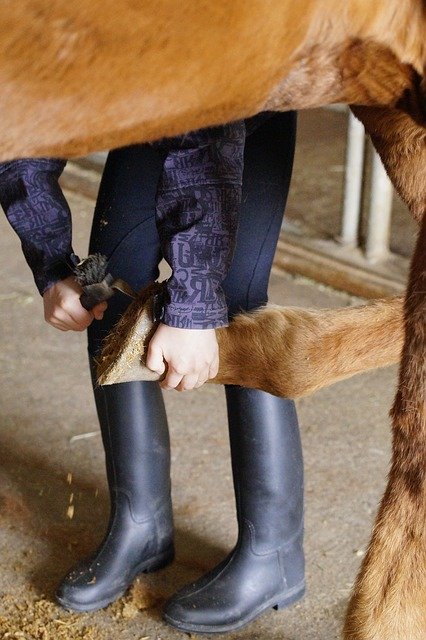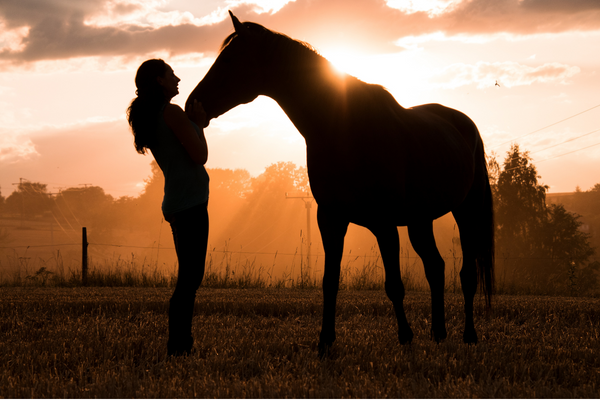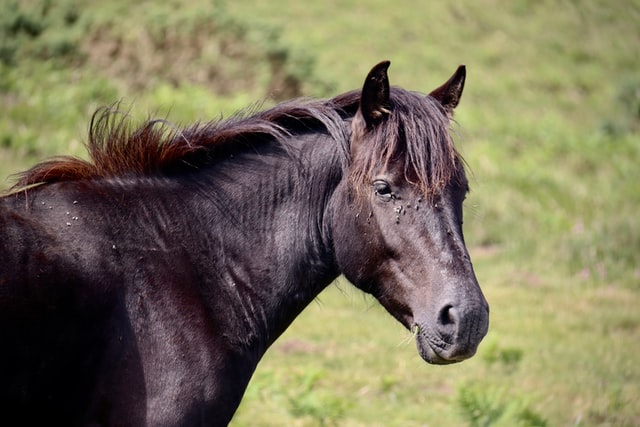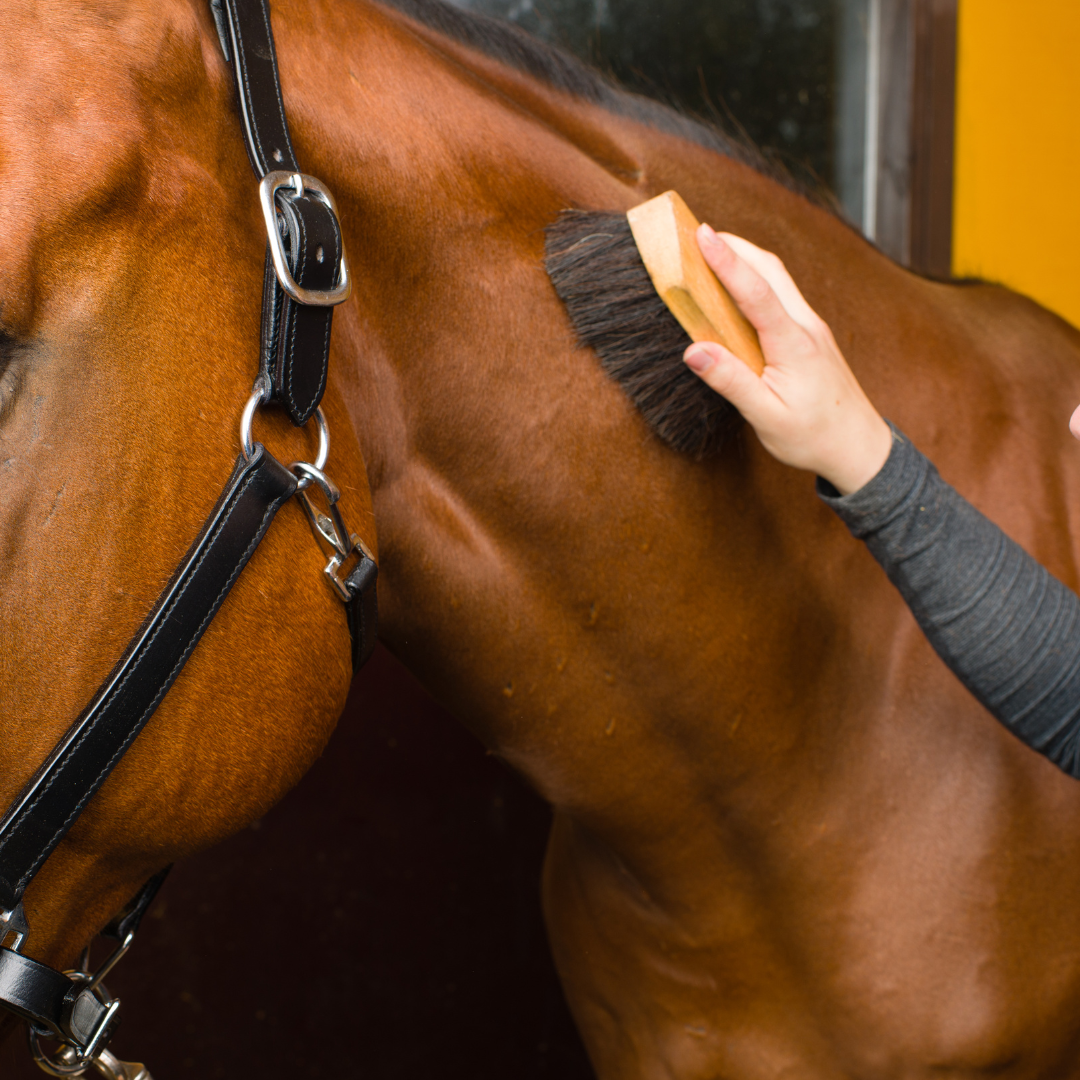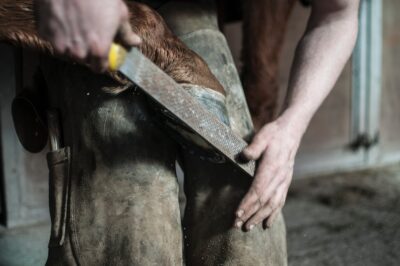How to Care for Your New Rescue Horse
If you’ve just adopted a rescue horse, you go girlfriend! Rescue horses are the best.
You may be wondering how to best take care of them and make sure they have everything they need.
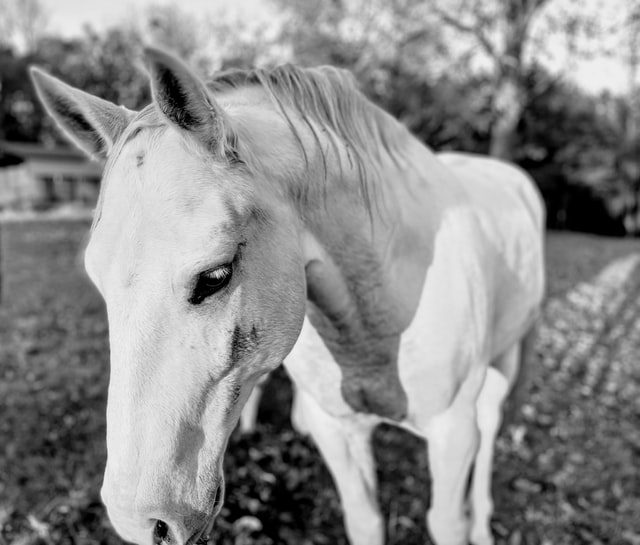
I’ve adopted many rescues through agencies and individuals so over the years I’ve developed an idea of what to do with each new rescue.
These will change if you’ve adopted from an agency that could potentially have done things like floating their teeth or giving them shots, so modify this list to your situation.
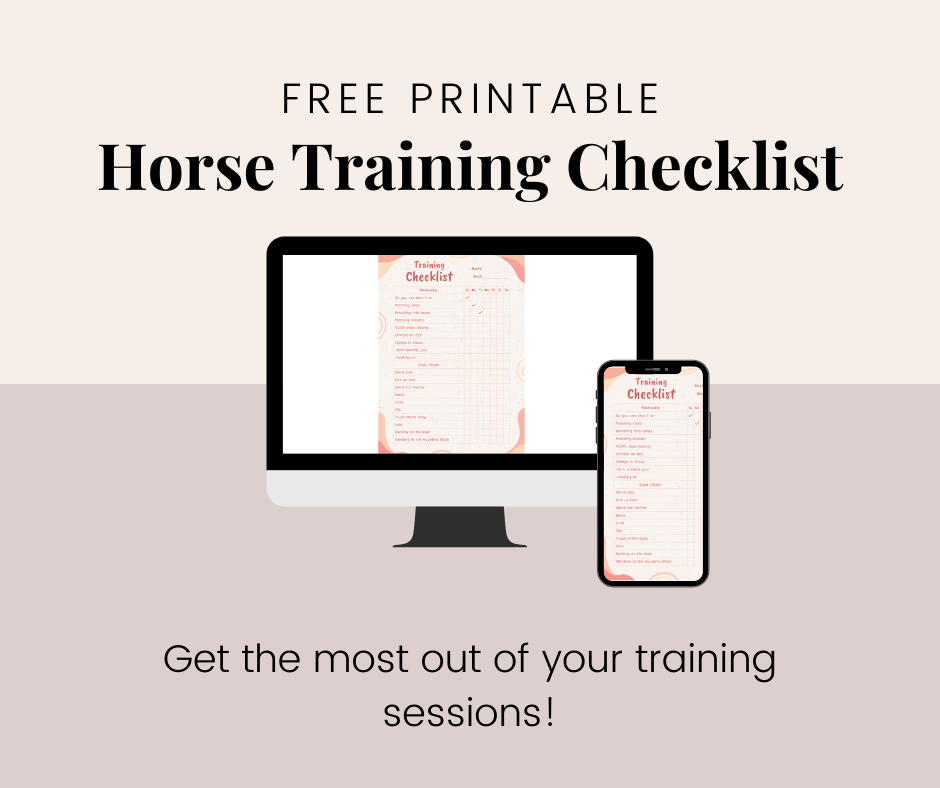
How to Care for Your New Rescue Horse
1. Make an appointment with your vet
Likely your new rescue hasn’t had his teeth floated in quite awhile, so this is where I always start.
I use a vet to do my teeth floating for the sedation.
Equine dentists aren’t allowed to administer tranquilizers which make floating teeth a more stressful experience, and while your new rescue horse is sedated, I also recommend cleaning their sheath or udders.
Making sure your rescue horse doesn’t have any sharp points or broken teeth will ensure that they can effectively eat their feed and get the most out of their foods’ nutrition.
And they also likely have not had their udders or sheaths cleaned in awhile as well.
In addition to teeth and sheaths (ha ha), ask your vet about recommendations for vaccinations for your area.
Before your vet gets there, collect a fecal sample for your vet to check for worms.
Check out this post all about fecal samples and deworming.
2. Quarantine Your New Rescue Horse
There are lots of communicable disease that horses can pick up at auctions (if that’s where you got your horse from) so to protect your other horses or the other horses at your barn I highly recommend quarantining your horse for at least two weeks. Three is better.
By three weeks, if your horse has picked up anything that can be passed along, he will be showing symptoms.
Checking his temperature regularly can also give an indication of an oncoming illness.
Check out this post for how to introduce your rescue horse to the other horses without all the drama.
3. Make an Appointment With Your Farrier
Again, depending on where you got your horse from, this may or may not apply to you.
Most of the rescues I’ve taken in have had horrible feet. If they don’t know how to stand for the farrier, you can get a tranquilizer from your vet to make the process smoother and safer.
4. Limit Their Food
When we take in a skinny, neglected horse, our first instinct is to throw as much feed at them as they can handle to help them gain weight.
However, if you don’t know what your horse was being fed before, this can actually do more damage.
Give them as much free forage (hay or grass) as they want, as well as water, but gradually add feed over two weeks in lots of small feedings.
If you suspect your new horse may have cushings, you may want to limit their grass as well. Your vet can pull a blood sample to confirm.
Also check out my post on how to put weight on a skinny horse for a more detailed look at how/what to feed.
5. Limit Interaction
If your horse has had a traumatic past, human interaction can be a complicated thing.
Even just your presence can be stressful, depending on the horse.
If your horse has come from a difficult situation, I like to give them a few weeks of just being a horse (and me just being the lady that brings the feed).
A new place will have new sights, sounds, smells, and routines so giving them time to get used to their new environment will set them up for success.

Lauren is an internationally published author, trainer, and has helped hundreds of horse-rider combinations create lasting bonds and the success they desire. Check out Lauren’s incredible story: From horse-crazy girl to international equine educator. Or if you want to send Lauren a quick message, check out her contact page here.
